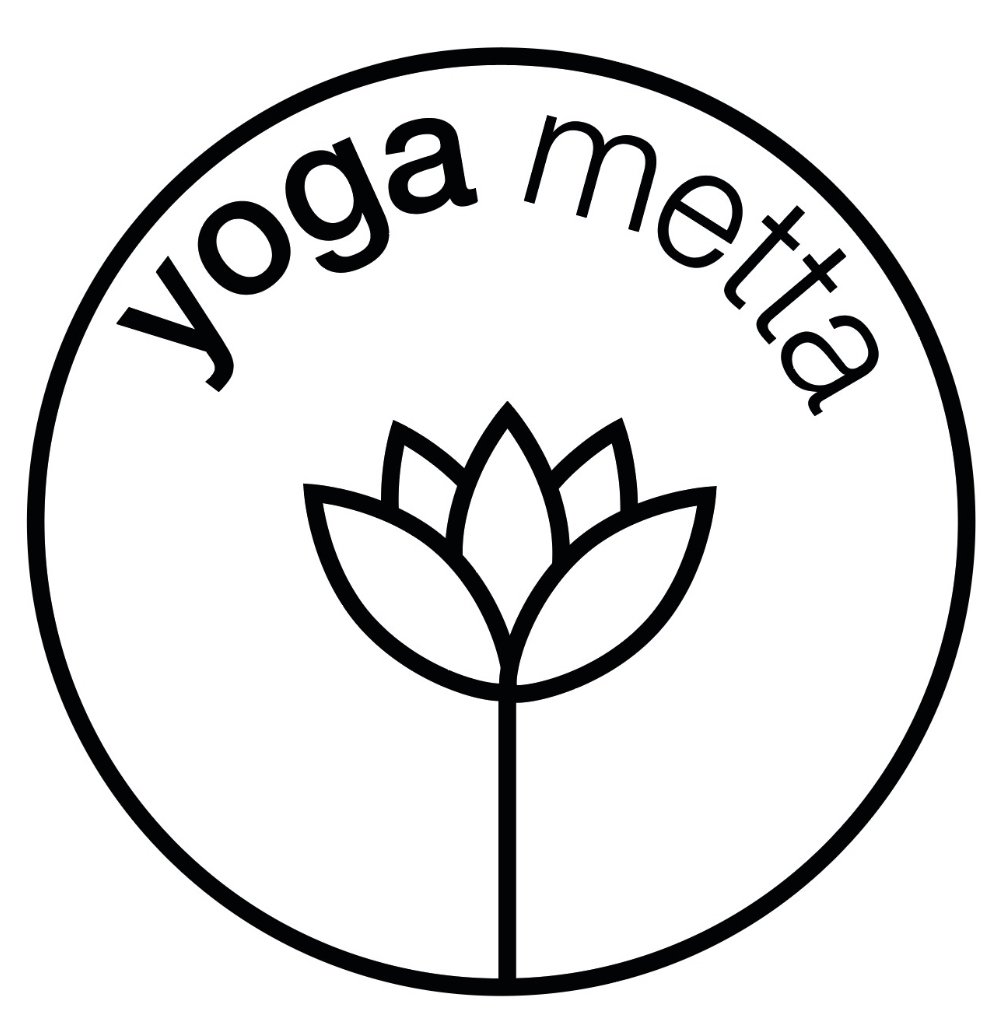Emotional stability through yoga
Today we ran a restorative workshop - working from the sequence in the back of BKS Iyengars book ‘Light on Life’ - The sequence is for developing emotional stability.
There will be another workshop on Sunday 1st October, working from the same sequence, however no two workshops will be the same as the teacher will adapt according to the students. (a little bit about the workshops below)
The sequence:
· Fifteen yoga poses sequenced to help with emotional well-being.
· The sequence is structured to lead us to pranayama (Breath control).
· Different poses serve different purposes, some calm the mind and balance emotions.
· Some poses stimulate the brain and encourage positivity.
· The sequence ends with pranayama to help us become calm and quiet.
Holding Poses:
· Iyengar yoga focuses on holding poses longer.
· Beginners may find it difficult at first as holding poses can be challenging mentally and physically.
Supported Poses:
· Supported poses require a lot of equipment, so to begin with, it can be tricky to get our bodies and equipment into the right place.
· Important to take the time to place our bodies well and spend time finding the correct placement for our bodies on the equipment, then the pose will be easier to maintain.
· We begin by finding the shape of the poses and move towards understanding pose direction, releasing tension, finding the breath and refining the pose.
Balance in Effort and Comfort:
· We need to find the right balance between effort and comfort. Extension is important and there may be some active work in the pose, but relaxation and comfort are just as important - it should be a balance.
Refinement & Regular Practice:
· Consistent, skilled, and repeated practice is important.
· Initially, we focus on the set up and forming the shape of the pose.
· With practice, we will gradually feel more benefits as our understanding of the poses grows.
· Even simple poses can be improved over time, creating a more meditative experience.
An Analogy: Navigating Life's Waves
The yoga sutra "yogas citta vritti nirodhah" defines yoga and its primary objective – it translates as yoga restrains the mind's fluctuations.
yoga isn't just physical; it’s a tool for calming our thoughts and emotions as well.
Our lives don’t run in a straight line, we have continual waves of ups and downs. These changes in our lives often lead to inner unrest and impact our emotional state.
Yoga can be a boat for us. In the constant waves of ups and downs in our life, happy, tragic and often mundane, yoga can be a secure and steady vehicle, guiding us. Rather than being battered by these waves, we have a tool that can help us move through this turbulence.
Approaching a sequence like this with awareness, focus, and deliberate movement can help to calm our busy thoughts. By bringing attention and focus to our bodies and breath, we can uncover our habitual patterns, start to recognise areas of tension, and it becomes possible to find moments of tranquillity, clarity, relaxation, and comfort.
